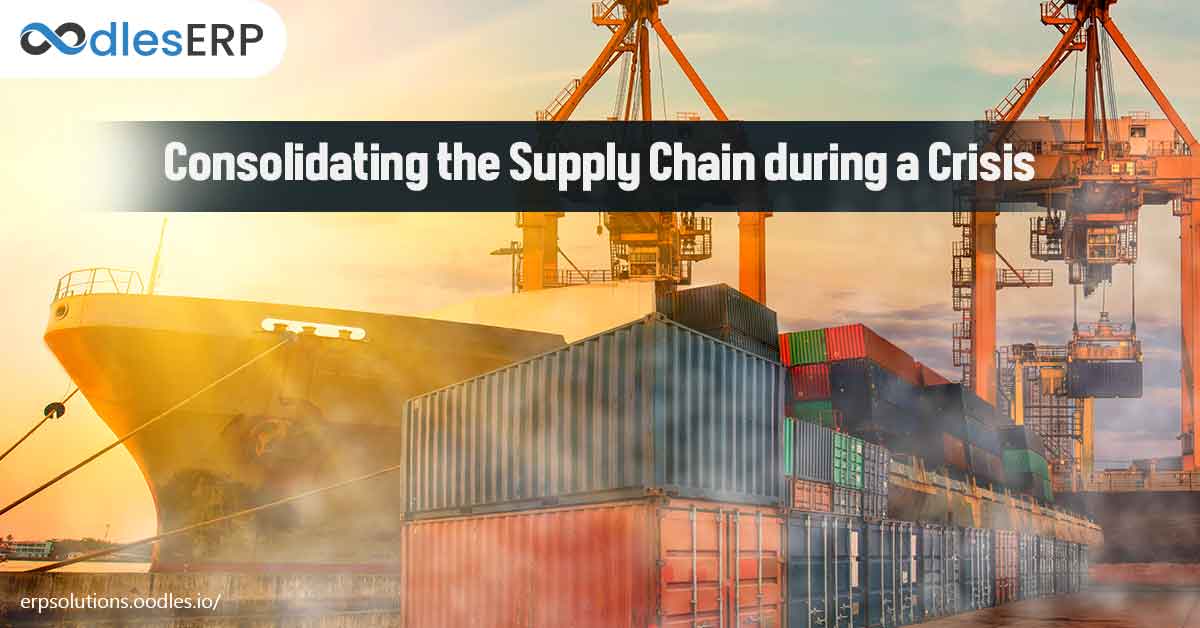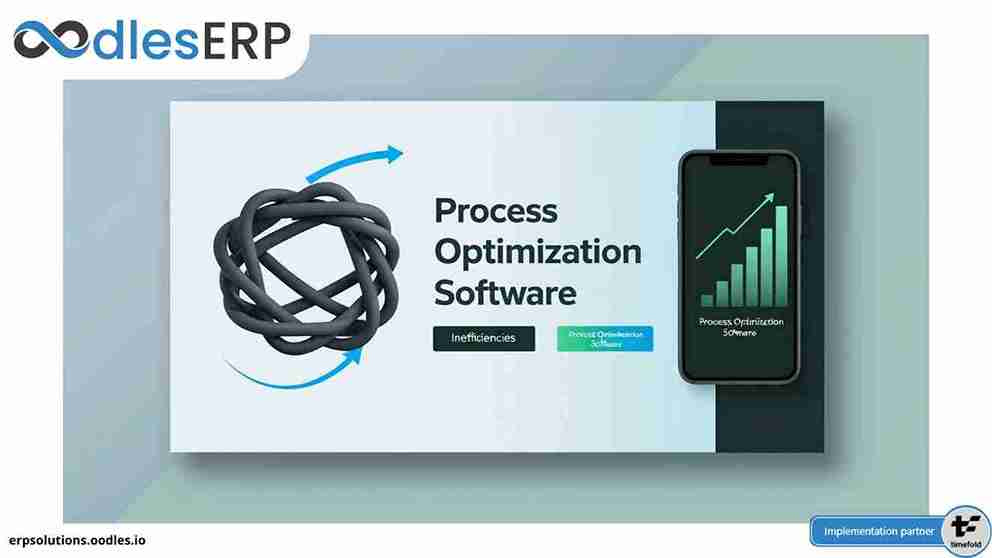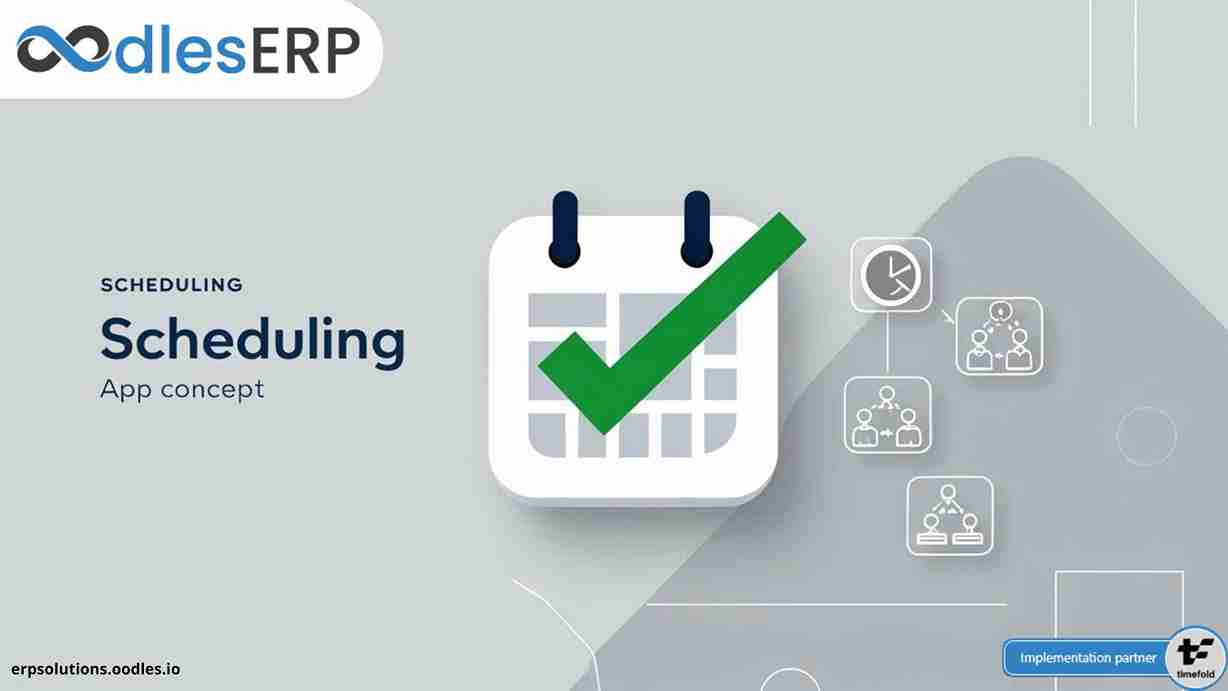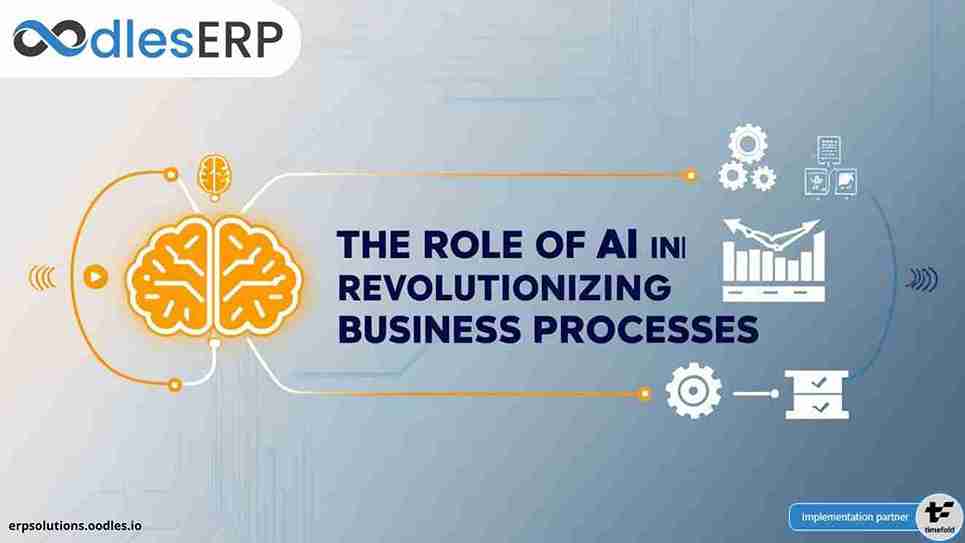Need of the hour-
With COVID19 bringing unprecedented challenges to the global economy, responding to disruptions in supply chains is a formidable task at hand. There are two basic needs, however, that aid organizations to stabilize their supply chain in crises like these-
Automation
As more and more systems become digitized, it's important to optimize workflows in the supply chain with automation. Processes that can easily be automated include payments and invoicing, inventory updates, picking, tracking, packing, sale across different channels and applying actions in bulk for orders of high volumes. In a normal time, this drives productivity, efficiency, and accuracy. During a crisis, it cuts down operational costs and secures employee safety. When the operational efficiency of the supply chain remains intact, it can easily mold into new business strategy and supply demands. Supply chain software development is, therefore, the way to go.

ERP Software
ERP is a single software platform that allows supply chains to centrally manage the supply chain, warehouse, inventory, workforce, HR, CRM, eCommerce, accounting and finance. Backed with machine learning tools running on artificial intelligence, ERP equips businesses with supply chain resilience. Be it risk analysis, response strategies or embedding risk-management capabilities in the decision-making process, ERP does it all. At Oodles, we undertake custom ERP software development for specific business needs.
Troubleshooting Measures-
The question daunting most supply firms presently is how to rapidly mobilize and thus, stabilize their supply chains. Here's a list of troubleshooting measures that can effectively bring them back to relevance:
Visibility and agility in the supply chain
Supply chain management solutions help enterprises gain greater visibility and agility. Visibility across all levels and platforms is extremely important to realize the current state of source and supply. Coupled with agility in decision making and operations on all tiers, it makes the system transparent and quick responding. It becomes easy for stakeholders to determine critical elements, spot dormant supplies and pin down alternative sources. The shift in focus is accelerated by integration with an ERP system that already has the applications and tools to enhance visibility, connectivity, and therefore agility in a supply chain.
Bill of Materials (BOM) tracking and revision control
Once the supply chain's transparency is ensured, the next step is to evaluate its inventory. Be it spare parts or after sales stock, identify it and use it to bridge the gap production and demand.
Analytics and Demand Planning
One of the most valuable features of an ERP software, analytics is the foundation of proactive risk management. Estimating inventory, analyzing current and future logistics capacity, prioritizing logistics through analytics aid in understanding the current state of demand in the market. Further predictive analytics can be used to forecast demand and strategize planning accordingly.
Shifting supplier base
Consolidating suppliers is a step that firms may have to take by default, in the time of crisis. With the disruption in the wider supply, localizing suppliers is the smart move to make. This will help curb the increasing operational costs and the slowdown in production. Without alternative suppliers in tow, supply chains may have to collaborate with existing suppliers to plan production. It is after all harder to rebuild a supply chain once the crisis is over than to keep it functioning with localized stakeholders.
Refocusing Production
An inescapable aspect of crisis management is refocusing production. Customer demands tend to converge towards specific products. With analytical tools short, mid and long term demands and operations can be planned. A refocused production also includes making smaller batches and selling smaller quantities to prevent sudden halting of operations. At the same time, it means ensuring employee safety by reducing workforce density during shifts (as is advised in the current crisis).
Support the workforce
At the end of the day, the workforce is the spine of any organization. Supporting them means strengthening the capacity of an enterprise. During a crisis, work-from-home options should be made available along with protective equipment when the former isn't feasible. This keeps the enterprise running and actively participating in the economy.
Closing Remarks
The tools and processes to stabilize supply chains are available in the market. The choice is to employ them on an ad hoc basis or make them an integral part of management. ERP software solutions render a single source of data and strengthen a supply chain's capacity to anticipate and manage risks and crises. We, at Oodles, are an ERP development company with the goal of maximizing the potential of enterprises with next-gen technologies. We integrate services like WFM, SCM, CRM, HRM, and SaaS into ERP software to enable businesses to centrally manage their resources. Get in touch with our experts to get your supply chain back up and running.
Also read: Moving the Cold Storage Supply Chain to the Cloud









